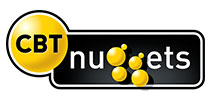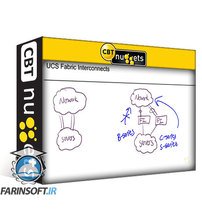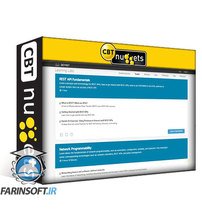در حال حاضر محصولی در سبد خرید شما وجود ندارد.

This intermediate CWAP training prepares network admins to analyze and troubleshoot wireless networks with a focus on advanced techniques and knowledge like protocol and spectrum analysis.
The Certified Wireless Analysis Professional certification (CWAP) from CWNP is a professional-level certification. Does your shop have that one person who's been around for a few years longer than everyone else and who gets called in to fix the really tough wireless issues? That's the sort of person this CWAP course turns you into.
در این روش نیاز به افزودن محصول به سبد خرید و تکمیل اطلاعات نیست و شما پس از وارد کردن ایمیل خود و طی کردن مراحل پرداخت لینک های دریافت محصولات را در ایمیل خود دریافت خواهید کرد.


نحوه استفاده از طراحی شبکه سلسله مراتبی برای طراحی شبکه های پیشرفته Campus Networks
--Differentiate-Between-OnPremises-and-Cloud-Deployments-main-resized.jpg)
آموزش کامل 350-401 ENCOR : آشنایی با تفاوت های پیاده سازی Local و Cloud

دوره یادگیری کامل Cisco Hyperflex در سیسکو CCNP دیتا سنتر

آموزش مفاهیم UCS

فیلم یادگیری CCNP Enterprise (350-401 ENCOR) 2022

Certified Wireless Design Professional (CWDP-304) Online Training
--Explain-The-Hierarchical-Network-Model-main-resized.jpg)
آموزش کامل 350-401 ENCOR : تشریح مدل شبکه های سلسله مراتبی

یادگیری FCoE و FC در Cisco CCNP Data Center

آموزش برنامه نویسی ACI
--Configure-Data-Path-Virtualization-Technologies-main-resized.jpg)
آموزش کامل 350-401 ENCOR : پیکربندی تکنولوژی های مجازی سازی
✨ تا ۷۰% تخفیف با شارژ کیف پول 🎁
مشاهده پلن ها